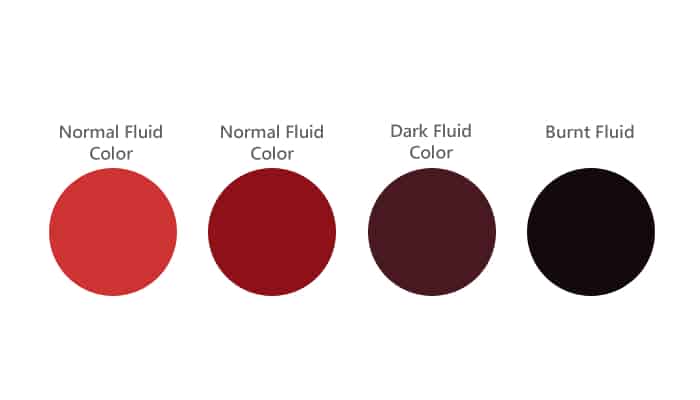2006 Honda Pilot Transmission Fluid Capacity
Introduction
If you’re a proud owner of a 2006 Honda Pilot, it’s essential to keep your vehicle running smoothly by maintaining the right transmission fluid levels. In this article, we’ll dive into the nitty-gritty details of the transmission fluid capacity for your Honda Pilot, ensuring that you have all the information you need to keep your vehicle in top shape.
Transmission Fluid Capacity and Type
| Popular posts |
|---|
| What to do to prolong the life of your manual gearbox |
| Automatic transmission: what it is, how it works |
To ensure optimal performance and longevity of your Honda Pilot’s transmission, it’s crucial to use the correct amount and type of transmission fluid. Here’s a handy table that outlines the transmission fluid capacity in both quarts and liters:
| Transmission Fluid Capacity | Quarts | Liters |
|---|---|---|
| Automatic Transmission (Total Capacity) | 9.2 | 8.7 |
| Manual Transmission (Total Capacity) | 2.9 | 2.7 |
Transmission Fluid Replacement
If you’re planning to replace the transmission fluid in your 2006 Honda Pilot, here are the steps you need to follow:
- Ensure your vehicle is parked on a level surface and the engine is turned off.
- Locate the transmission fluid dipstick, which is usually labeled and located near the engine.
- Remove the dipstick and wipe it clean with a lint-free cloth or paper towel.
- Reinsert the dipstick fully and remove it again to check the fluid level. The fluid should be within the recommended range.
- If the fluid level is low, you’ll need to add the appropriate transmission fluid until it reaches the correct level. Refer to the table above for the capacity.
- Use a funnel to pour the transmission fluid into the dipstick tube slowly. Be careful not to overfill, as it can lead to transmission issues.
- Recheck the fluid level using the dipstick, ensuring it is within the recommended range.
- Once the fluid level is correct, securely reinsert the dipstick and close the hood of your vehicle.
Safety Precautions
While performing any maintenance tasks on your vehicle, including checking or replacing transmission fluid, it’s important to prioritize safety. Here are a few crucial safety precautions to keep in mind:
- Always wear protective gloves and eyewear to prevent any potential contact with harmful chemicals or fluids.
- Ensure the engine is turned off and the vehicle is parked on a level surface to avoid any accidents or injuries.
- Follow the manufacturer’s recommendations and guidelines when it comes to transmission fluid type and capacity.
- Dispose of used transmission fluid responsibly, following local regulations and guidelines.
Conclusion
Maintaining the proper transmission fluid levels in your 2006 Honda Pilot is crucial for the smooth operation of your vehicle’s transmission. By following the recommended transmission fluid capacity and type, as well as the necessary safety precautions, you can ensure that your Honda Pilot continues to provide you with reliable performance for years to come.
What Color Should Transmission Fluid Be?


